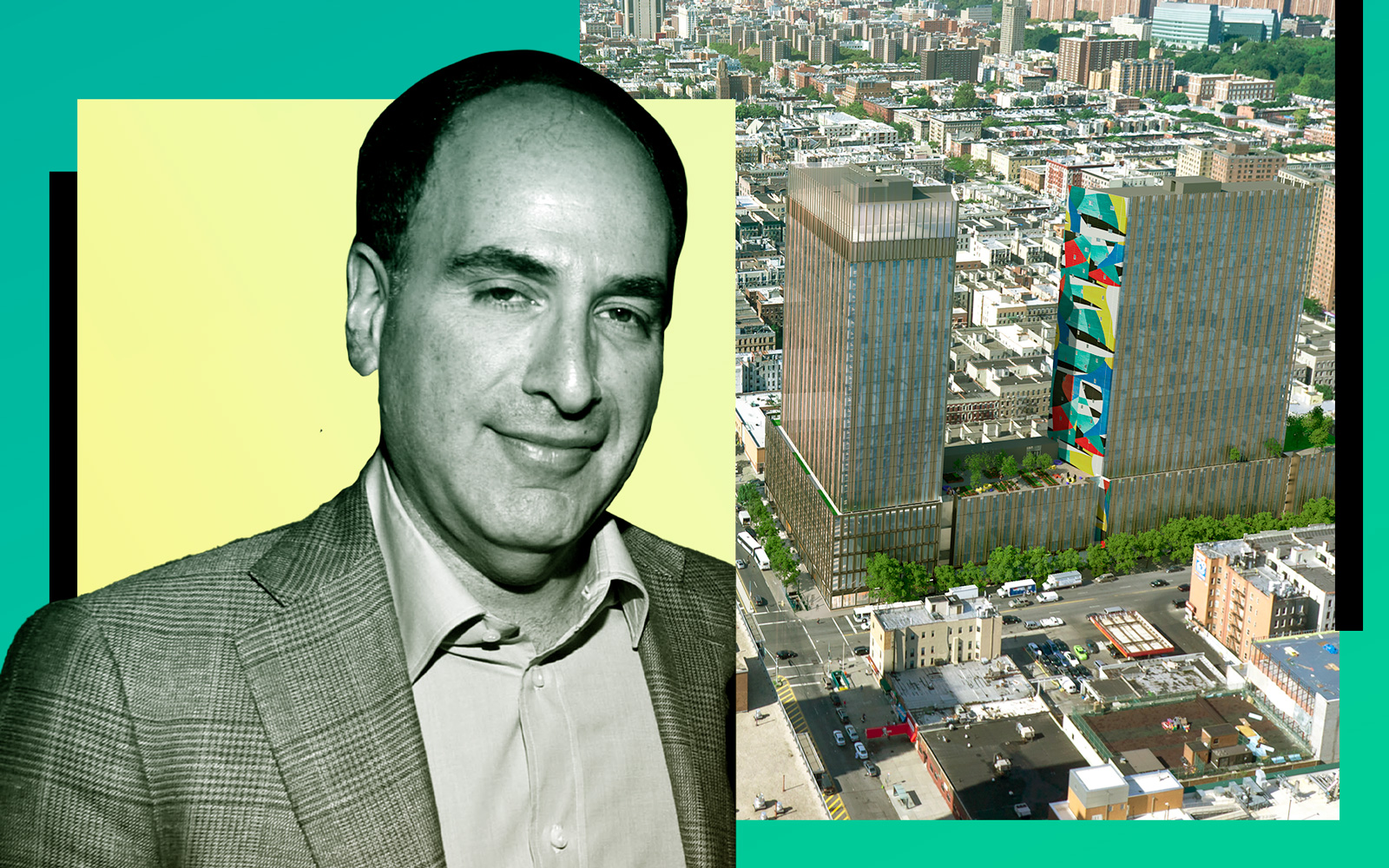It is no exaggeration to say the future of New York City and its real estate industry depend on zoning.
Seeds of their prosperity or decline will be laid in the next year as rezonings play out along Atlantic Avenue in Brooklyn, around four Metro-North stations in the Bronx, in Manhattan’s Garment District and perhaps in western Queens.
Zoning largely dictates what gets built. That, in turn, affects what people pay for housing and where they live — which heavily influences how their lives play out.
The impact on real estate is also profound. Zoning that allows more housing helps developers. Restrictive zoning helps landlords by limiting competition for their rentals.
But what determines zoning? Politics, ideology and ignorance. Mostly politics.
If city planners controlled zoning, they would shape the five boroughs’ future based on research and economics. Instead they must get approval from the City Council — typically from the member who represents the area being rezoned.
That is where things get dicey.
The science of urban planning is often overwhelmed by NIMBYism, race, ideology and politicians’ fear of losing their seats. Even progressive Council members who call affordable housing a priority will bend to voters’ opposition, as Selvena Brooks-Powers did in Queens and Shahana Hanif did in Brooklyn. Socialists who oppose for-profit housing can stop projects, as Kristin Richardson-Jordan did in Harlem.
In high-income, predominantly white neighborhoods, however, progressive members usually approve rezonings that promise to create diversity and affordability. Gowanus and Soho, both rezoned in late 2021, were examples. The politics aligned and, despite some not-in-my-backyard opposition, de Blasio administration planners had willing partners in Council members Brad Lander, Margaret Chin and Carlina Rivera.
The Gowanus zoning has already unleashed a slew of projects that will provide more than 8,000 units of desperately needed housing, including 3,000 income-restricted units. An Inwood rezoning will yield thousands more.
Builders and lenders will make money, new businesses will open, the city will reap tax revenue and New Yorkers will move into new apartments rather than displace existing residents or flee to the suburbs or the South.
By itself, rezoning isn’t enough. High property taxes on rentals (previously offset by the now-expired 421a tax break) could undermine both the Soho rezoning and projects that received spot rezonings in Long Island City, Astoria and Throggs Neck. The 2016 rezoning of East New York hasn’t produced much housing because demand to live there is weak and projects must be 25 percent affordable, which depletes profits.
But without rezoning, projects never even make it to the drawing board. If the City Council screws up the Atlantic Avenue, Bronx and Garment District rezonings, thousands of apartments would go unbuilt, keeping housing supply low and rents high.
Why would they do this? Again, politics — with a dash of ideology and ignorance.
Take Atlantic Avenue. City planners are optimistic because Council member Hudson initiated the process. Upon taking office, she was confronted with applications from developers seeking spot rezonings to replace underperforming properties with apartments. Hudson realized a proactive, sweeping rezoning made more sense than reacting to proposals one by one.
Yet when the Adams administration released the plan, she immediately distanced herself from it. That doesn’t mean she’s against it. This is part of the political theater essential to New York City rezonings.
Elected officials don’t call it theater, of course. They call it community participation. The separation Hudson created from the city’s proposal allows her to negotiate based on her constituents’ reactions.
But if she responds by demanding more affordability than the market and the city can subsidize, little housing will be built. East New York is a case study.
Complicating matters, the Atlantic Avenue rezoning area, like East New York, is not mostly white and wealthy like Soho and Gowanus. It’s a working-class community of color. Locals will undoubtedly testify at public hearings that adding mixed-income housing would attract yuppies who push up rents and displace Black and Latino tenants.
This is contradicted by research, but is still a powerful, emotional argument. People dismayed by the exodus of Black New Yorkers from their traditional strongholds — Harlem and Bedford-Stuyvesant in particular — often blame the real estate industry for pricing them out. No politician is going to stand before these folks and disagree, even one who knows the explanation is a thousand times more complicated.
Facts matter, though. The industry does not create market conditions, it reacts to them. It charges prices that people are willing to pay, which rise when demand outstrips supply. And prices did rise in Harlem, Bed-Stuy, Crown Heights and other traditionally Black neighborhoods — and many majority-white ones — that weren’t rezoned for more housing.
In tight markets, economically disadvantaged groups lose out. Consider that 70 percent of Black babies in the U.S. are born to unmarried parents (versus 40 percent of all babies). Competing for scarce New York housing while raising children with one income and one set of hands is exceedingly difficult. It’s no wonder Black families moved to North Carolina, Georgia, Florida, Texas, and other inexpensive states.
City Council members must put emotion aside and rezone based on reality, not on the fantasy that developers can build housing as affordable as politicians want or that the government will shower projects with endless subsidies.
Reality-based zoning entails displeasing some very loud constituents, as Rivera, Chin and Lander did. It may require changing long-held notions about housing markets and development, as some politicians have. And it will definitely involve theater.
But the scripts for success and failure have been written. The question is which one will Council members follow.
Read more



